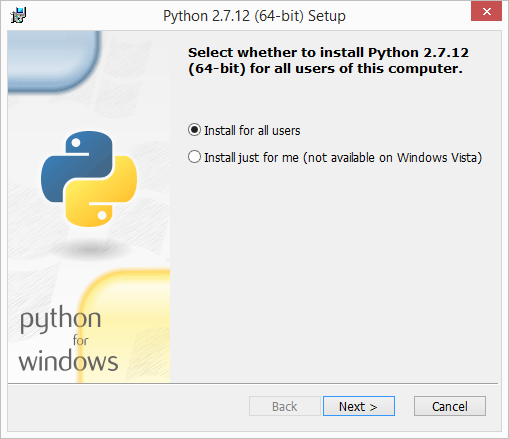


The newly created package provided a standard collection of common numerical operation on the top of Numpy. Travis Oliphant, Eric Jones, and Pearu Peterson merged code they had written and called the new package SciPy. There was a growing number of extension module and developers were interested to create a complete environment for scientific and technical computing. This numeric package was replaced by Numpy (blend of Numeric and NumArray) in 2006. Python was expanded in the 1990s to include an array type for numerical computing called numeric. It is easy to use and provides great flexibility to scientists and engineers. The scipy is a data-processing and system-prototyping environment as similar to MATLAB. We can say that SciPy implementation exists in every complex numerical computation. The SciPy library supports integration, gradient optimization, special functions, ordinary differential equation solvers, parallel programming tools, and many more. It provides many user-friendly and effective numerical functions for numerical integration and optimization. The Scipy is pronounced as Sigh pi, and it depends on the Numpy, including the appropriate and fast N-dimension array manipulation. It is built on top of the Numpy extension, which means if we import the SciPy, there is no need to import Numpy. It is used to solve the complex scientific and mathematical problems. The SciPy is an open-source scientific library of Python that is distributed under a BSD license. In this tutorial, we are going to discuss the following topics. Our SciPy tutorial is designed for beginners and professionals. SciPy tutorial provides basic and advanced concepts of SciPy.


 0 kommentar(er)
0 kommentar(er)
